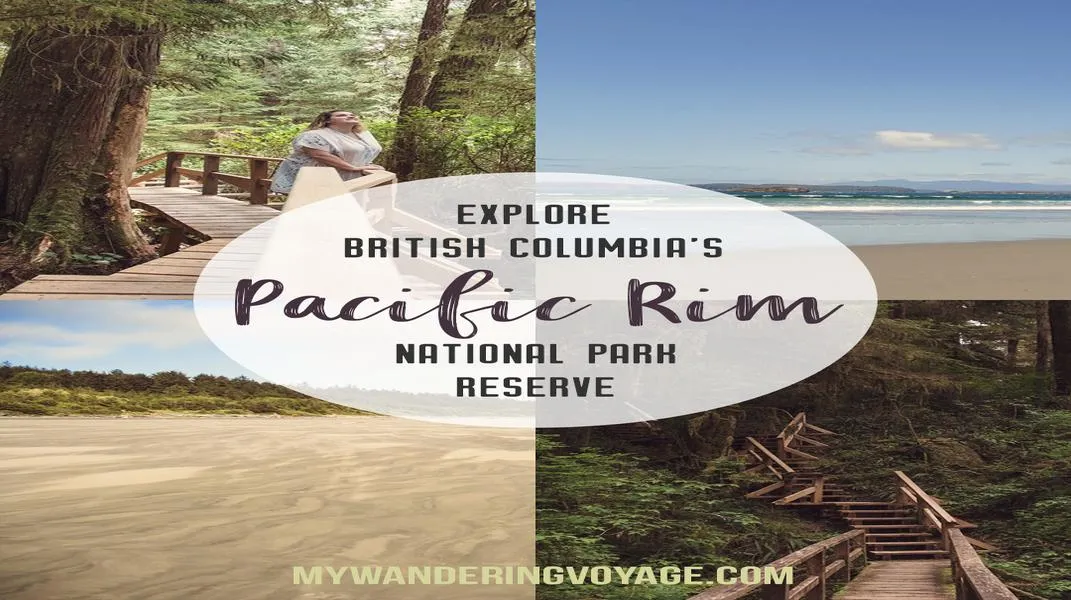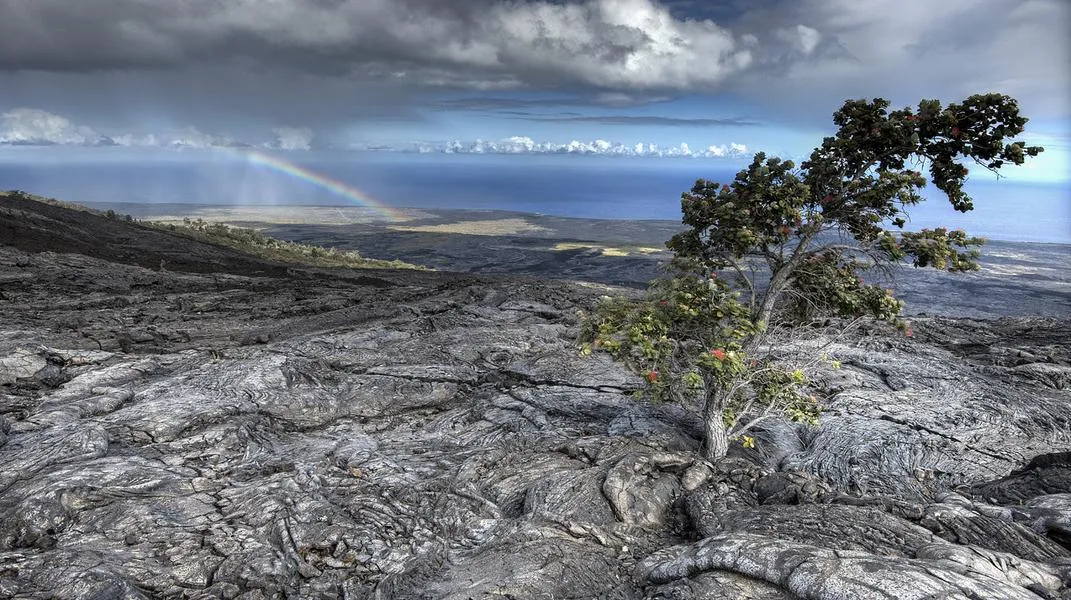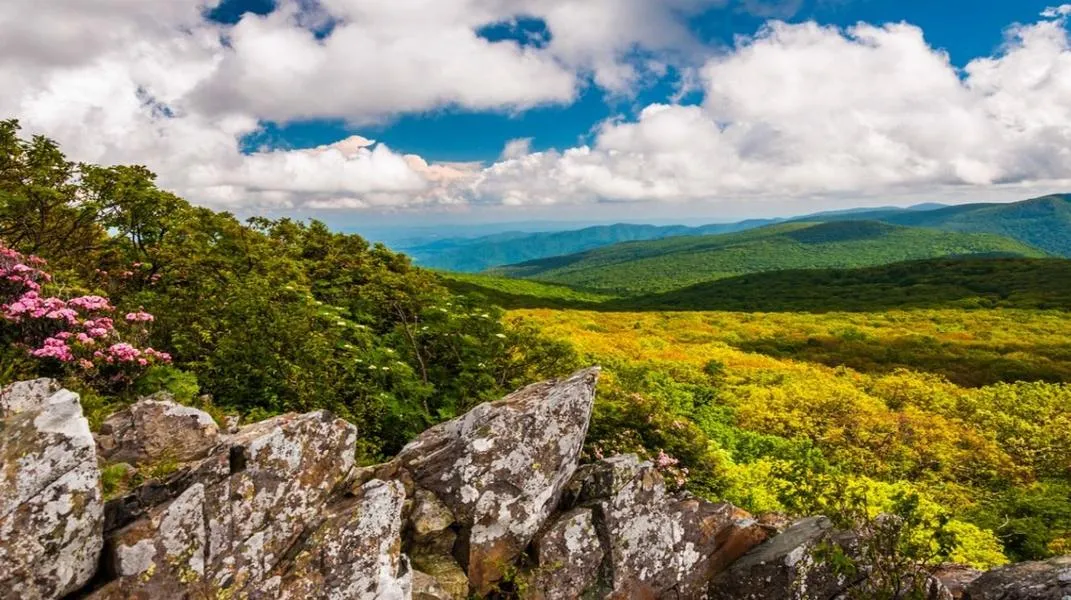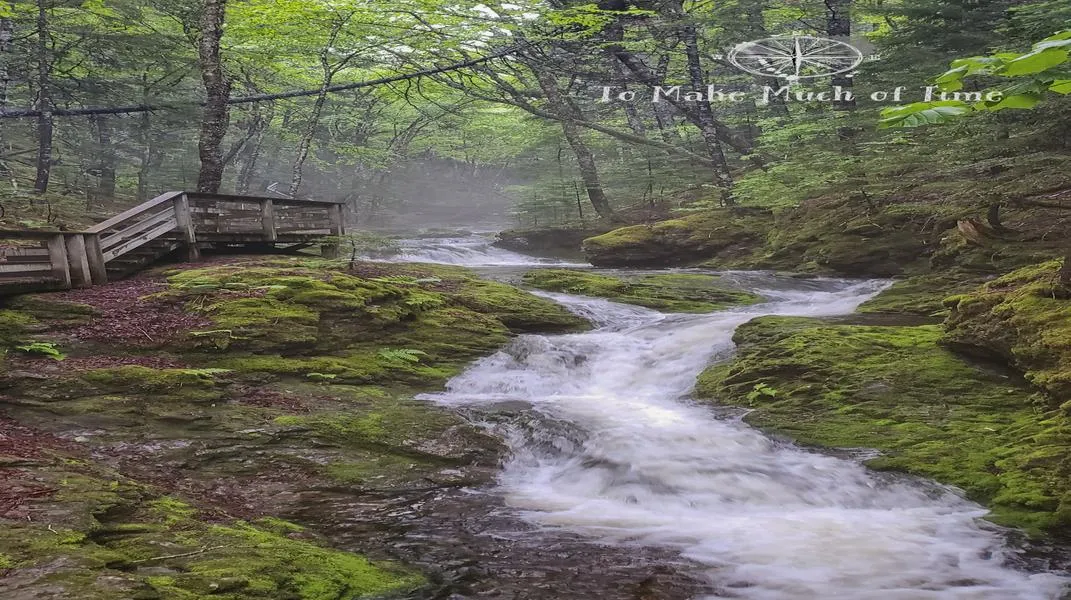Exploring the Majestic Yosemite National Park: A Comprehensive Guide for Travelers
Nestled in the Sierra Nevada mountains of California, Yosemite National Park is a breathtaking paradise that captivates millions of visitors each year. With its iconic granite cliffs, towering waterfalls, ancient giant sequoias, and diverse ecosystems, Yosemite offers an unparalleled experience for nature lovers, outdoor enthusiasts, and anyone seeking solace in the great outdoors. This article will take you on a detailed exploration of Yosemite National Park, its attractions, and the essential preparations needed for an unforgettable visit.
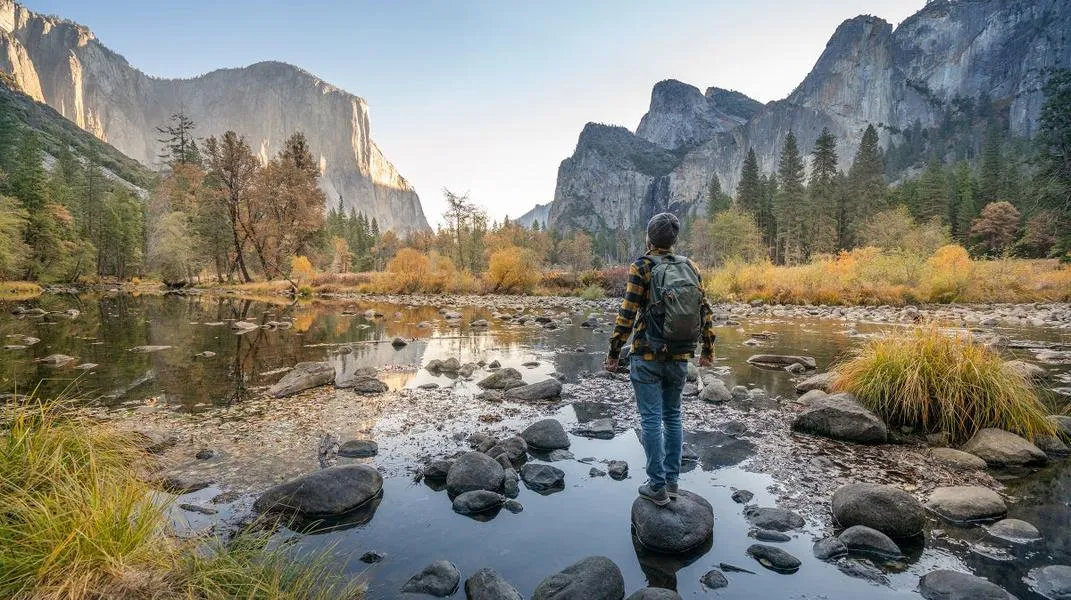
A Glimpse into Yosemite’s Rich History
Yosemite National Park was established as the United States' third national park in 1890, but its history stretches back much further. The Ahwahneechee people, the original inhabitants of the region, lived in harmony with the land for thousands of years. They called the area "Ahwahnee," meaning "big mouth," which refers to the valley's shape. The park's stunning landscapes, flora, and fauna have long inspired artists, writers, and conservationists, including John Muir, who played a crucial role in the park's creation and preservation.
Iconic Attractions Within the Park
Yosemite National Park is home to a plethora of iconic attractions, each offering its own unique beauty and experiences.
1. Yosemite Valley
Yosemite Valley is the heart of the park, stretching approximately seven miles long and surrounded by towering cliffs. Here you will find famous landmarks such as:
- El Capitan: A vertical rock formation that rises over 3,000 feet from the valley floor, El Capitan is a mecca for rock climbers from around the world. Its sheer granite face presents challenges for both seasoned climbers and beginners alike.
- Half Dome: Another iconic peak, Half Dome is renowned for its distinctive shape and stunning views. Adventurous souls can hike the challenging Half Dome trail, which includes a steep ascent and a cable route to the summit.
- Yosemite Falls: At 2,425 feet, Yosemite Falls is one of the tallest waterfalls in North America. The falls consist of three sections: Upper Falls, Middle Cascades, and Lower Falls. The best time to view the falls is in the spring when the snowmelt creates a spectacular flow of water.
2. Glacier Point
For breathtaking panoramic views of Yosemite Valley, Glacier Point is a must-visit. The viewpoint is accessible via a scenic drive or a challenging hike. At an elevation of 7,214 feet, it offers stunning vistas of Half Dome, Yosemite Falls, and the High Sierra peaks. Sunrise and sunset are particularly magical times to visit, as the golden light bathes the landscape in warm hues.
3. Mariposa Grove of Giant Sequoias
Home to over 500 mature giant sequoias, Mariposa Grove is a living testament to the resilience and grandeur of nature. The Grizzly Giant, estimated to be over 2,700 years old, and the California Tunnel Tree are highlights of this remarkable grove. Walking among these towering trees is a humbling experience, reminding visitors of the age and beauty of the natural world.
4. Tioga Pass and Tuolumne Meadows
Tioga Pass is the highest highway in California, reaching an elevation of 9,943 feet. The drive offers breathtaking views of the Sierra Nevada mountains and leads to Tuolumne Meadows, a serene alpine plateau dotted with wildflowers, streams, and granite domes. This area is perfect for hiking, picnicking, and stargazing, making it a great stop for those looking to escape the busier parts of the park.
5. Wawona Lake
For a quieter experience, Wawona Lake is a hidden gem located in the southern part of the park. It offers opportunities for fishing, kayaking, and serene lakeside picnics. The surrounding forest is also excellent for hiking and wildlife viewing.
Preparing for Your Yosemite Adventure
A trip to Yosemite National Park requires thoughtful planning to ensure a safe and enjoyable experience. Below is a comprehensive list of essential materials and tips for preparing for your visit.
1. Research and Reservations
- Park Entrance: Familiarize yourself with the park's entrance fees and hours of operation. As of 2023, a standard vehicle pass costs $35 and is valid for seven days. Consider purchasing an annual pass if you plan to visit multiple national parks.
- Accommodation: Lodging options range from campgrounds to hotels. Reservations for campgrounds and lodges fill up quickly, especially during peak season (May to September). It's recommended to book accommodations well in advance.
2. Clothing and Footwear
- Layered Clothing: Weather in Yosemite can be unpredictable, with temperatures varying significantly throughout the day. Dress in layers, including moisture-wicking base layers, insulating mid-layers, and waterproof outer layers.
- Hiking Boots: Invest in sturdy, comfortable hiking boots with good traction, as many trails can be rocky and uneven. Break in your boots before your trip to avoid blisters.
- Sun Protection: Bring a wide-brimmed hat, sunglasses, and sunscreen to protect yourself from the sun's rays, especially at higher elevations.
3. Hiking Gear and Supplies
- Backpack: A comfortable daypack is essential for carrying your gear while hiking. Choose one with padded straps and sufficient space for water, snacks, and personal items.
- Water and Hydration: Staying hydrated is crucial during your adventures. Bring a refillable water bottle or hydration reservoir and plan to refill at designated water sources throughout the park.
- Snacks and Meals: Pack energy-rich snacks such as trail mix, granola bars, and fruit. If you plan to cook, consider a portable stove, cookware, and non-perishable food items.
4. Navigation and Safety
- Map and Compass: While GPS devices are helpful, having a physical map of the park is essential in case of poor reception. Familiarize yourself with your route and the locations of key attractions.
- First Aid Kit: Accidents can happen, so having a basic first aid kit on hand is important. Include items such as band-aids, antiseptic wipes, pain relievers, and any personal medications.
- Bear Safety: Yosemite is home to black bears, so practicing bear safety is crucial. Store food in bear-proof containers and never approach or feed wildlife.
5. Photography Equipment
- Camera: Capture the beauty of Yosemite with a good camera. Whether you are using a DSLR, mirrorless camera, or smartphone, don't forget to bring extra batteries and memory cards.
- Tripod: A tripod is helpful for landscape photography, especially during sunrise and sunset when light conditions can be challenging.
6. Activities and Equipment
- Hiking Gear: If you plan to hike, research the trails that suit your skill level and interests. Bring trekking poles if you prefer extra stability on challenging terrain.
- Biking Gear: Yosemite offers several bike trails, so consider bringing or renting a bicycle to explore the park on two wheels.
- Fishing Gear: If fishing is on your agenda, check the park regulations, obtain a California fishing license, and pack your fishing gear.
Conclusion
Yosemite National Park is a natural wonder that beckons adventurers from across the globe. Its stunning landscapes, rich history, and diverse ecosystems create a unique experience that leaves visitors in awe. By preparing adequately and understanding the park's attractions, you can ensure a memorable visit filled with exploration and discovery. Whether you're scaling granite cliffs, hiking through ancient forests, or simply soaking in the breathtaking views, Yosemite National Park promises an adventure of a lifetime. So pack your bags, lace up your hiking boots, and get ready to embrace the beauty of one of America's most cherished national parks.

